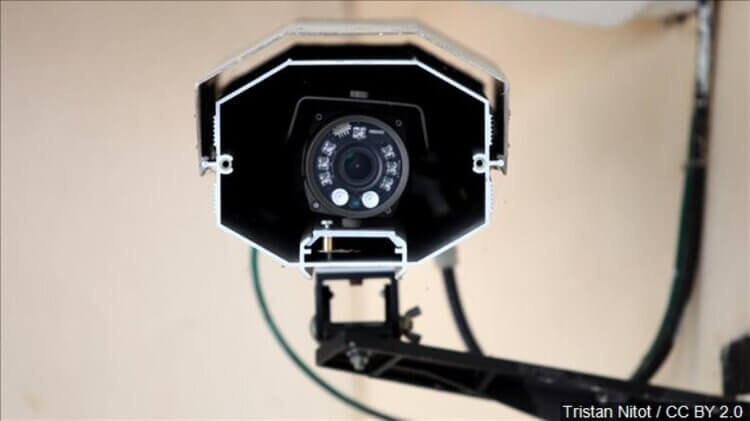
Cameras in nursing homes are used in common places such as the parking lot, exits and gathering areas. In a controversial trend that picked up pace in 2019, cameras can now be installed into a resident’s room. One advantage of having these cameras is that they can provide an additional layer of security and protection for family members of the resident who may be afraid of nursing home abuse. If this is a worry, checking what states allow cameras in your loved one’s room is important.
These cameras being placed in the resident’s rooms would provide proof of the act if the resident is being abused so that the employee’s actions could be reported. Cameras can reassure that their loved ones are being cared for. Although these cameras can provide many benefits for the family and resident there can be many drawbacks.
As a drawback, these cameras can be an invasion of privacy to many that are around the resident. Some seniors may not want to have a camera monitoring their days and nights. If they are required to share a room, their roommate may feel the camera is an invasion of their privacy. The future of these cameras will require a balance between safety and the privacy of residents. There are now some laws that aim to fix both problems.
As seniors become older the percentage of risks increasingly becomes higher. To reduce the risks of injury, the senior’s family may choose to place them into the care of a nursing home. There are many ways residents can be abused while living in a nursing home. The family of these tenants trust them into the care of the assisted living home. These cameras could help prevent abuse.
Injuries from Nursing Home Abuse Include:
-
Bedrail- Nursing homes often use bedrails to keep residents from falling out of bed. Yet, bedrails can end up putting the residents in more danger if they malfunction. For example, residents can get stuck between the mattress and the bedrail, which can lead to breathing problems, suffocation, or cardiac arrest. In other cases, a resident may try to get out of the bed a fall. Staff members need to properly supervise residents who need bedrails to make sure that they do not get hurt.
-
Bedsores– Also known as pressure ulcers, bedsores may occur when a resident lies in the same spot for a long period of time, causing ski damage, necrosis (death of skin tissue and cells), and infections. Bedsores can be a significant problem for bedridden nursing home patients, especially if nursing home staff members do not properly check for then or apply proper treatments.
-
Broken bones- As nursing homes residents age, their bones become weaker, putting them at an increased risk for broken bones– most notably, hip and neck fractures. A broken neck can damage normal heart, lung, and breathing functions. According to the CDC, over 300,000 seniors must go to the hospital each year due to broken hips. CNN reports that 1 in 3 adults over the age of 50 who suffer a hip fracture die within a year after the injury occurred.
-
Infections- According to the CDC, 1-3 million infections occur every year at nursing homes or other long tr care facilities throughout the United States.
Common Infections can include:
· Influenza
· Pneumonia
· Respiratory Infections
· Skin and soft tissue infections
· Urinary tract infections
When nursing home staff fail to properly protect residents from these illnesses, they may be found responsible if the illness leads to other health problems or death.
-
Falls and fractures– Falls can lead to broken bones, concussions, or spinal cord injuries. In a high-quality nursing home, staff members carefully look after residents to prevent them from falling, but this is not always the case. One example of this is, one nursing home resident in Texas fell multiple times, including into a large mud hole after wandering out of the home unsupervised. His fall would cause complications that would lead to his death. He had only been in the nursing home for one month.
Another incident that occurred was, a nursing home resident fell out of his bed and died a few days later. The nursing home staff members did not immediately notify a doctor, even though the resident had previously suffered from bleeding in the brain. As a result, the nursing home had to pay a $23,000 fine. -
Spinal cord injuries- these injuries prevent important signals from the brain from reaching other parts of the body. This can limit a person’s mobility. Spinal injuries among nursing home residents often stem from a fall. Common health issues that can occur from a spinal cord injury are, difficulty breathing, loss of bowel control and paralysis of one or more limbs. Spinal cord injuries can vary depending on what part of the spine gets damaged. Since the brain sends signals down the spinal column, more body parts may be affected if the injury occurs higher up on the spine.

